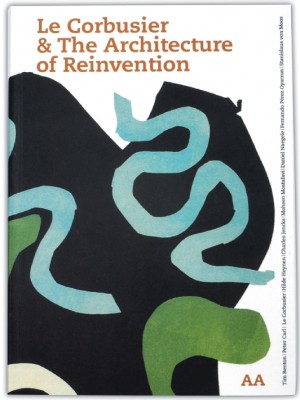Essays by Charles Jencks, Stanislaus von Moos, Hilde Heynen, Tim Benton, Peter Carl, Daniel Naegele, Fernando Pérez Oyarzun
'How, in a turbulent century, was Le Corbusier able to reinvent himself at least five times? How was he able to become the Picasso (or Duchamp) of architecture? How was he able to produce work in a regional Art Nouveau mode, then become a leader of the Modern Movement and International Style, then switch to primitive materials and Brutalism before pre-empting Post-Modernism through Ronchamp and Chandigarh, and pre-empting High-Tech and Complexity Architecture through the Centre Le Corbusier and the Philips Pavilion? How?'</span>
"
These transformations were helped along by Le Corbusier's ability to transpose ideas from one medium to another. A work of architecture could be considered as a written text, a drawing, a model, a photograph, a sculpture, a painting or a detailed set of plans. Each medium challenged, clarified and refined the idea from different viewpoints. Each medium made use of different neurons, of different parts of his mind. The result? Continuous creation from different perspectives, a continual reinvention of architecture.
This book brings together leading scholars to explore Le Corbusier's tactics of self-reinvention, his relationship to the artistic avant-garde and his work as a multimedia practitioner. It also contains an English-language edition of Le Corbusier's 'Poème de l'Angle Droit', complete with beautiful colour lithographs.
176 pages, extensive col. ills
215 x 155 mm, Paperback, 2003
978-1-902902-29-6
